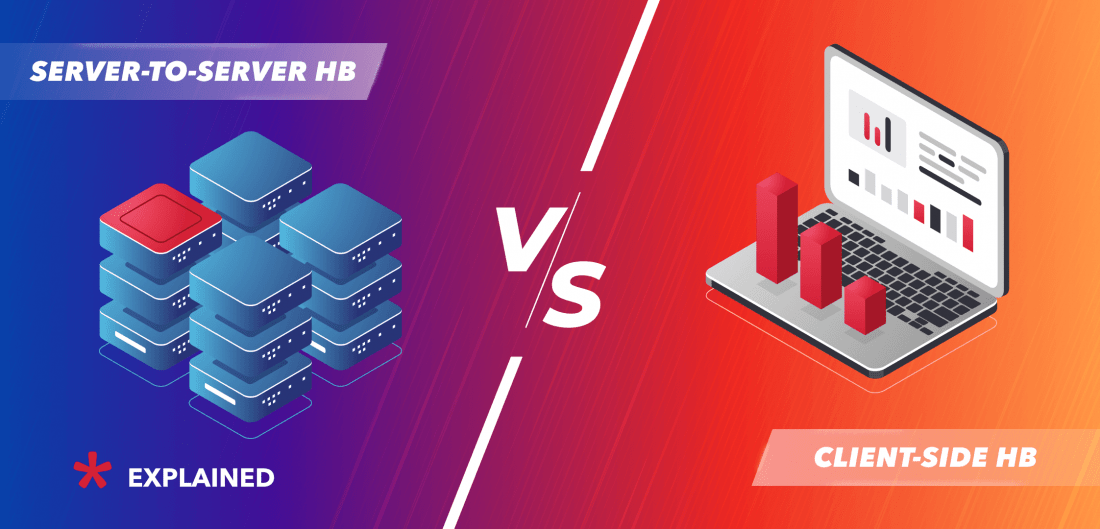New ad fraud trends demand new answers
Fraudsters can be really innovative in getting their piece of the pie. Their methods change, and so should the reaction. Know your enemy’s face: learn the main trends and get ready to answer.
Where the evil dwells
The ad fraud issue concerns all parties to the process, and so has a multi-sided negative impact. There are enough consequences to build a list: decrease in profits, trust loss and damage to reputation. Each year, the Association of National Advertisers names a bigger number in its estimation of global financial losses to ad fraud: $6.3 billion for 2015, $7.2 billion for 2016.
Ad fraud strikes a heavy blow against communication. Users get invasive or irrelevant ads and turn to ad blockers. Advertisers go cold on programmatic while lacking data about actual performance. And publishers ultimately lose their revenue, when advertisers turn away.
The most common angle of view at the problem is related to money. For marketers, ad fraud is as simple as financial theft. You pay and get nothing in return. Studies prove half the traffic paid for by advertisers to be non-human or fraudulent.
In this context, let’s remember that the data is the new currency. Ad fraud evokes mistrust to data sources. Budget allocation to wrong or unjust places compromises the dataset marketers. Advertisers are losing billions of money to fake traffic and clicks. According to the Association of National Advertisers, an advertiser may spend up to 42 mln dollars on ads with no actual views. Herewith, marketing datasets suffer from an increasing number of errors.
Ad fraud schemes
Wrong data lure to underperforming channels, while highly performing ones are deprived of their due organic users. The factor of organic users’ engagement fuels general unjust flow of investments. The same effect appears, when we face the fake conversions.
This also means that the lost money should be interpreted as the money sent the wrong way. Thus, when we think of reaction, we need to think of redirecting the spent money instead of getting it back.
The technological foundation for ad fraud are bots, differing in their complexity.

Javascript bots may be installed on webpages with good intents, in particular for adding functionalities. But when they turn to the dark side, they can identify each ad on a page and click it.
Headless browsers, which are mostly used for tests, can load the ads, as they load pages. Moreover, they can fake page scroll and mouse movements, thus fooling fraud detection technologies.
Malware installed on certain devices are way more advanced: they register human behaviour and replay it. They can log keystrokes, record mouse movements and even spawn hidden browser tabs.
Aside from these approaches, there is the ultimate fraud. The easiest way would be to save the energy on actual use of tech resources and just fake data in analytics.
How to fight back
The checklist of protecting means for publishers and advertisers includes fraud filters, traffic tracking and blacklisting.
We once again turned to Yaroslav Kholod, Admixer’s Head of Programmatic Operations, to get additional advices against ad fraud. Our tips in short:
-
Use filters to track suspicious IPs and block emulating devices.
-
Apply technologies to detect bots and track traffic sources.
-
Create and update lists of blocked sources.
Next goes the question of choice between black- and whitelisting. Selecting the sources you can trust instead of blocking the shady ones gets increasingly popular. The problem with blacklists is that domain names can change, so you need to check them repeatedly. There are some tools for categorizing websites based on content. But, as the protection progresses, the ad fraud does the same. Unwanted websites can seep into the traffic.
Hence, whitelisting seems to be a better option. Yet it has its flaws. The adoption of the latest technologies gets blocked. The criteria for recognizing the source as trustworthy are not solid and the process may get too complex. In addition, you limit inexpensive buys this way.
Rebuild the trust
As the problem gets the wider reach, big actors in the industry are called upon to play their role. Ad fraud has reached the scale that requires everyone from agencies to platforms to come together as the industry. Building open communication is the major step here. Enhanced transparency leaves less loopholes for shady characters. Communication is also key to optimizing performance of ad serving platforms.
Ad tech industry continues looking for new ways of protection and improvement. Still the developments progress both in security and in ad fraud. The issue is especially pressing, if you have such weak spots, as the lack of communication or experience. New technical tools and responsible conduct of business are both equally needed for fighting the ad fraud.



